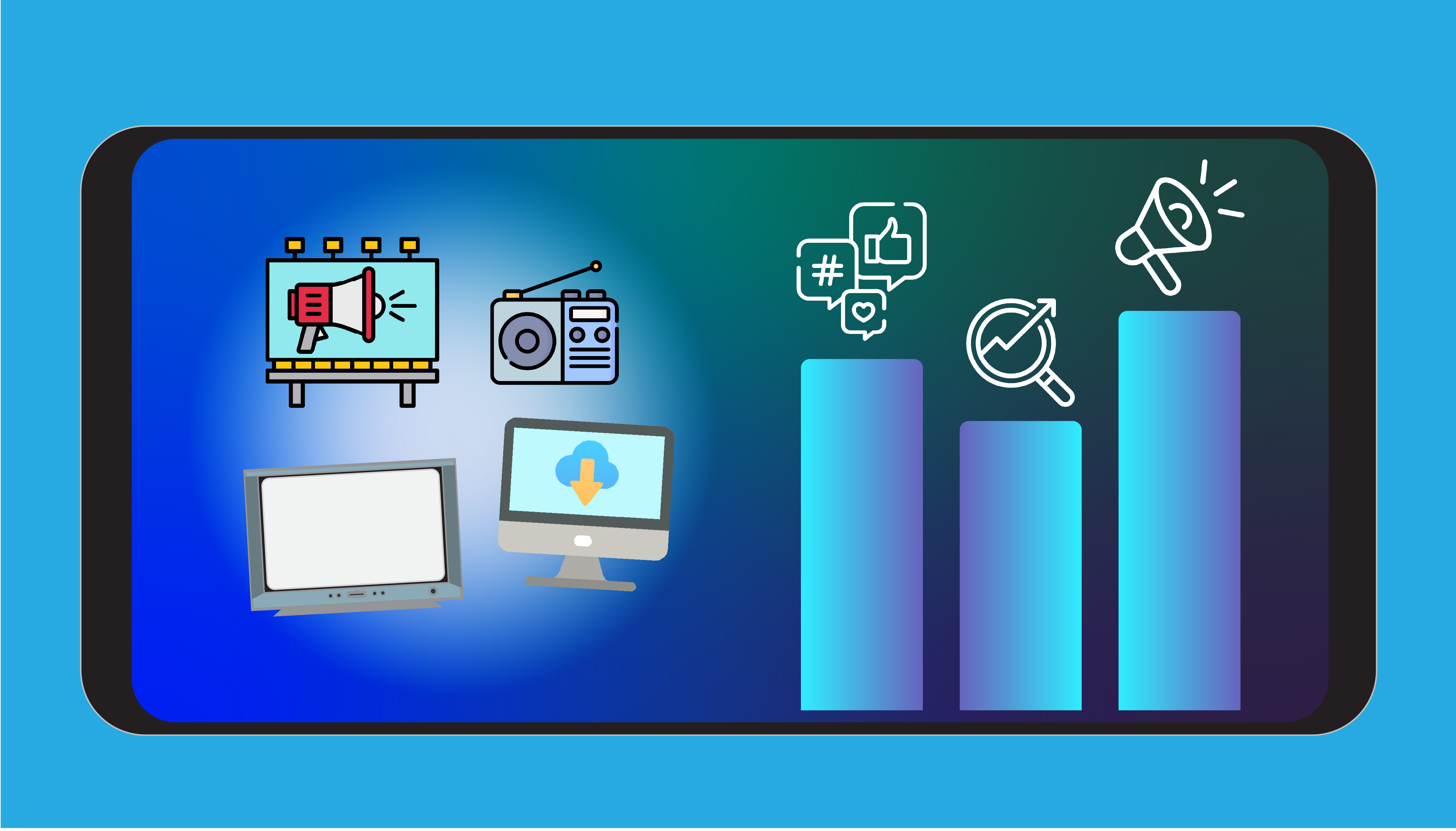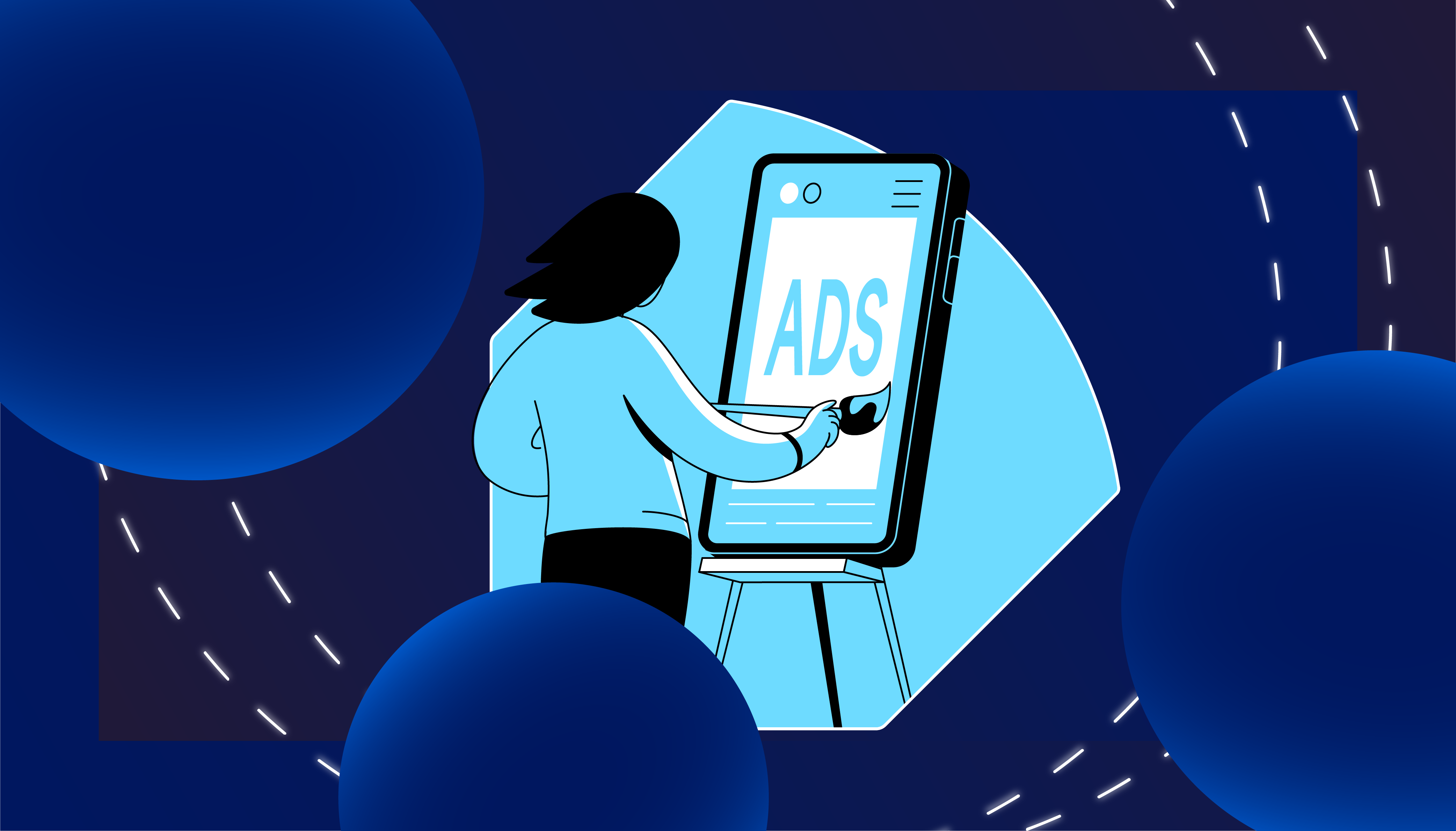
The world of digital advertising is undergoing a significant transformation as third-party cookies, which have been a crucial part of online targeting, are about to disappear. Major browsers such as Google Chrome are phasing out support for third-party cookies by 2023, presenting a challenge for marketers to adapt their targeting strategies to thrive in a cookie less future. This blog post will examine the implications of this shift and discuss alternative targeting approaches that can assist marketers in maintaining effective advertising campaigns in the new landscape.
The Importance of Cookies in Digital Advertising:
Third-party cookies have been important for digital advertisers to track user behavior, build user profiles, and deliver targeted ads. Cookies have enabled personalization of ads and measurement of campaign effectiveness. However, concerns about data privacy have led to increased scrutiny and the eventual end of third-party cookies.
The Challenges of a Cookieless Future:
The absence of third-party cookies is a challenge for marketers as it limits access to valuable data and impacts retargeting. They will need to find alternative ways to reach their audience and measure campaign effectiveness.
Alternative Targeting Strategies:
As third-party cookies are being phased out, marketers are exploring alternative ways to reach their audience without relying on user data.
Here are some options:
1. First-Party Data Utilization: Information collected directly from businesses' websites, apps, and customer interactions can be used to create targeted segments based on user behaviors, preferences, and purchase history.
2. Contextual Targeting: Ad placement based on webpage or app content instead of user data is known as contextual targeting. Ads relevant to the user's interests can be displayed by analyzing keywords, topics, and themes of a webpage.
3. Cohort-Based Advertising: In cohort-based advertising, users are grouped into larger segments based on shared characteristics or behaviors rather than targeting individuals. Google's Federated Learning of Cohorts (FLoC) groups users into cohorts based on their browsing history.
4. Identity Solutions and Universal IDs: Alternative identity solutions and universal IDs that replace third-party cookies are being developed. These solutions aim to create a standardized, privacy-compliant user identification and targeting approach.
The transition to a cookieless future presents digital marketers with both challenges and opportunities. While losing third-party cookies may require significant adjustments to targeting strategies, it also opens the door for more privacy-centric and innovative approaches. By focusing on first-party data, contextual targeting, cohort-based advertising, and emerging identity solutions, marketers can navigate the cookieless landscape and continue to deliver effective and engaging ad experiences.











